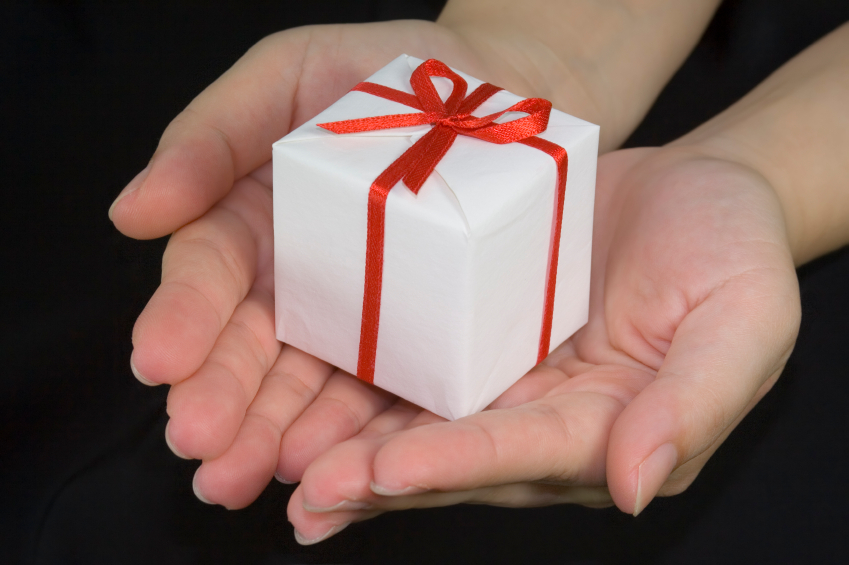A Gift From Your Mom & A Gift From Your Dad
Mitochondria are the powerhouse of the cell.
For most of us, this phrase is a familiar one. For those who took high school biology, you may recognize this phrase from the classes that covered the basics of molecular cell biology. However, odds are, you have long since forgotten that mitochondria are organelles that use oxygen to create energy for the cell. Instead, you recognize this phrase from its recent, ubiquitous appearance all over social media websites, such as Tumblr and Facebook. Indeed, the popularity increase for the phrase “Mitochondria power house of the cell” is demonstrated by a Google Trends graph seen here. Seemingly, this phrase is now used as a tool for ex high school students to demonstrate how they feel that high school taught them insignificant material, such as mitochondria being the powerhouse of the cell, instead of life skills, such as learning how to do their own taxes.
If you happen to be more familiar with the incredibly significant (despite popular opinion) mitochondrial organelle, you may recognize this important fact: prevailing theory suggests that inheritance of mitochondria is strictly maternal (at least, in a normal circumstances for humans). In other words, all mitochondria in the cells of our body have originated from the mitochondria that were passed down, unchanged, from our mother’s egg cell. This occurs because the process of sperm production involves active elimination of the paternal mitochondria, which is hypothesized to occur because of the potential harm of the paternal mitochondrial DNA.
This process can be distinguished from standard knowledge about inheritance of genetic information. Most individuals recognize that our genetic information is somewhat of a mish-mash of the genetic material from our mother (maternal) and our father (paternal). This is indeed correct, however, that is referring to the nuclear DNA (the genetic material contained within the nucleus of the cell). As we just discussed, there are organelles that are inherited only from the maternal parent. Interestingly, these mitochondrial organelles have their own genetic information, called mitochondrial DNA! Thus, maternal mitochondrial inheritance has incredible implications, such as mitochondrial DNA being used to track maternal ancestry, which has been used to clarify human migration and evolution.
But the story doesn’t end there. Due to its incredible implications, maternal inheritance of mitochondria is the most heavily discussed single-parent inherited orangelle influence. But recent research has shed light on an organelle that has evidence of strict paternal inheritance in most mammals, including humans! Introducing (at least, in a new light): the centrosome.

Centrosome Structure, By Kelvinsong – Own work, CC BY 3.0, https://commons.wikimedia.org/w/index.php?curid=23107755
The centrosome consists predominately of a pair of centrioles, which are cylindrical shaped organelles that sit perpendicular to each other and stimulate the development of microtubules. The centrosome plays a role in organizing these microtubules in the cell. These microtubules are necessary for important cellular functions when the cell is not dividing, such as structure and transportation, and help separate the replicated DNA when the cell is dividing. When cells are dividing, the centriole pair separates, and a new centriole will develop and sit perpendicular to each of the initial centrioles. These two complete centriole pairs will then move separately into the two new daughter cells, allowing each cell to develop a full centrosome.
Bornens (2012) reviewed the inheritance of the centrosome from parents to embryo. As Bornens’ discussed, when a cell is no longer in the process of dividing (such as a mature sperm cell), one of the centrioles of the centrosome will attach to the plasma membrane the cell. This anchored centriole is now called a basal body. In the mature sperm cell, there is a basal body anchored in the flagellum region, which is the appendage used to move the sperm towards the egg. In contrast, during early production of the female egg cell, the maternal centrosome is lost. However, in this egg cell, the proteins necessary to assemble the centrosome remain active, and will work to assemble the centrosome if a centriole is reintroduced.
When the sperm penetrates the egg cell it releases its cellular contents, which includes the basal body, thereby reintroducing a centriole. Once fertilization occurs, this paternal centriole will then triggers the assembly of the centrosome in the zygote (the fertilized egg, prior to embryonic development), using the necessary proteins from the maternal parent. Therefore, the paternal centriole is the precursor for the embryo’s centrosome, making the functional adult centrosome an organelle that can possibly be traced back to paternal ancestry.
Overall, the inheritance of cellular structures, including the genetic information, is more complex than commonly believed. Though nuclear DNA is indeed a combination of maternal and paternal DNA, there are organelles that are often inherited strictly from the maternal and strictly from the paternal parent. So next time you think that mitochondria are just another insignificant term that you learned about in high school, remember that mitochondria are a gift from your mother. And one must never call a gift from mother insignificant.

Recent Comments